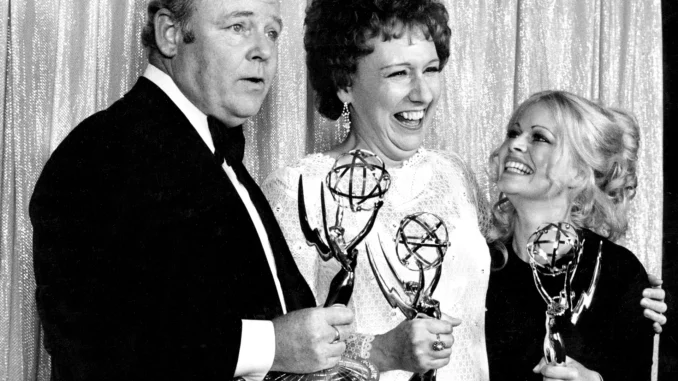
For decades, gay people were only represented as a threat in TV shows. In the 70s, US television began to change its tune, all starting on a show debuted today in 1971.
9 February 1971: A new decade brings new gay narratives in TV sitcoms
Throughout the 60s, American television developed a particularly bad habit in telling gay stories. As the general public became increasingly aware of gay and lesbian people, television studios wanted to incorporate these sexualities into the plots of their shows.
With very little representation in the US’s media industry and the environment not being a safe place to come out in, most of the shows in the 60s reduced gay and lesbian characters to a pretty harmful trope.
Just like Miss Brant in the 1961 show ‘The Asphalt Jungle’ who was a repressed lesbian shooter, almost all the characters were vengeful murderers, driven psychotic by their sexuality. When people refer to gay people “slaying”, it’s usually about serving a great look, not actually killing innocent straights. Even if they should be.

This problematic trend started to shift with the airing of episode #5 of the first series of ‘All in the Family’. It was based on the UK series ‘Till Death Do Us Part’, which placed the racist family patriarch Alf Garnett in contrast to more modern views from his extended family to challenge classism and racism in the UK.
‘All in the Family’ also revolved around a working class family, this time in the US, dealing with the social issues of the day. Throughout its nine season run, parents Archie and Edith Bunker would encounter and grow through learning about topics like racism, antisemitism, feminism and the Vietnam War.
But it was on this day, when the fifth episode of the show aired, that the show became one of the first on US television to dedicate itself to a more understanding approach to homosexuality.
In the episode ‘Judging Books by Covers’, written by show creator Norman Lear and Burt Styler, Archie believes he can tell a homosexual by sight. He suggests his son Mike’s friend Roger is gay after he comes round to the house. In fact, Roger isn’t gay, but when Archie goes to his regular bar to unwind with his macho buddies he finds out his best friend Steve comes out to him.
It might seem trite today, but this kind of generous representation was barely existent at the time. The episode led the way to more in the show that tackled homosexuality and homophobia, while other shows across US television began embracing more positive gay and lesbian characters. This was influenced by the advocacy group the National Gay Task Force, which started vetting scripts of shows with homosexual characters.
Watching ‘All in the Family’ and ‘Till Death Do Us Part’ back today, both shows are far from the expectations of representation we have today, but they’re nonetheless an important chapter in an industry growing to be more inclusive.
